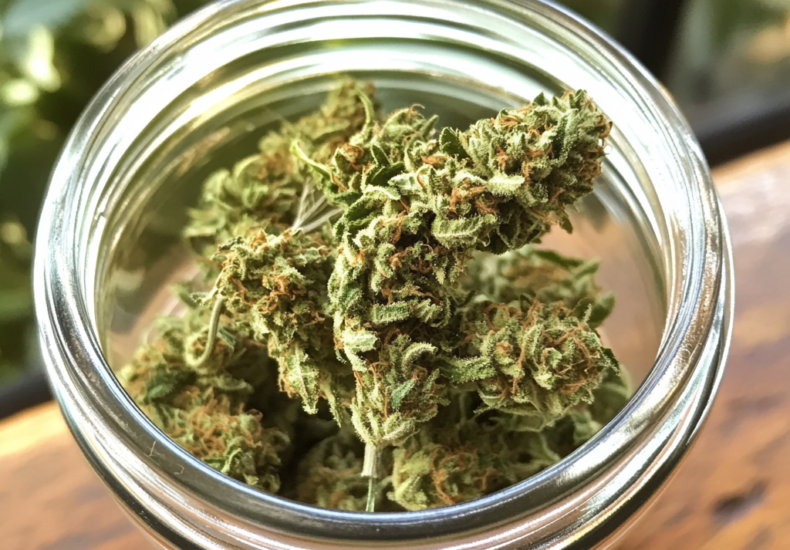
THCa Flower: Nature’s Wellness Secret
THCa Flower: Nature’s Wellness Secret
In recent years, the world has witnessed a growing interest in natural remedies and holistic health solutions. Among these, THCa flower has emerged as a fascinating subject of study and discussion. This article explores the potential benefits, uses, and scientific insights surrounding THCa flower, offering a comprehensive look at why it is considered a wellness secret.
Understanding THCa: The Basics
THCa, or tetrahydrocannabinolic acid, is a non-psychoactive cannabinoid found in raw cannabis plants. Unlike THC, which is known for its psychoactive effects, THCa does not produce a “high.” This distinction makes it an attractive option for those seeking the therapeutic benefits of cannabis without the mind-altering effects.
The Science Behind THCa
THCa is the precursor to THC. When cannabis is heated through smoking, vaping, or cooking, THCa undergoes decarboxylation, converting into THC. This process is what activates the psychoactive properties of cannabis. However, when consumed in its raw form, THCa remains non-psychoactive, allowing users to experience its potential health benefits without intoxication.
Potential Health Benefits of THCa
Research into THCa is still in its early stages, but preliminary studies and anecdotal evidence suggest several potential health benefits:
- Anti-inflammatory Properties: THCa may help reduce inflammation, making it a potential option for those with conditions like arthritis or inflammatory bowel disease.
- Neuroprotective Effects: Some studies indicate that THCa might have neuroprotective properties, which could be beneficial for neurodegenerative diseases.
- Anti-emetic Benefits: THCa has shown promise in reducing nausea and vomiting, particularly in patients undergoing chemotherapy.
- Appetite Stimulation: Like THC, THCa may help stimulate appetite, which can be beneficial for individuals with eating disorders or those undergoing treatments that suppress appetite.
THCa Flower in Practice
THCa flower can be consumed in various ways to harness its potential benefits. Here are some popular methods:
- Juicing: Fresh cannabis leaves and flowers can be juiced to create a nutrient-rich beverage that retains THCa in its raw form.
- Topicals: THCa-infused creams and balms can be applied directly to the skin for localized relief from pain and inflammation.
- Tinctures: THCa tinctures offer a convenient way to consume the cannabinoid sublingually, allowing for quick absorption into the bloodstream.
Case Studies and Real-World Examples
Several case studies highlight the potential of THCa in real-world applications. For instance, a study published in the “Journal of Clinical Psychopharmacology” explored the use of THCa in patients with epilepsy, noting a reduction in seizure frequency. Another case involved a patient with Crohn’s disease who reported significant symptom relief after incorporating THCa into their regimen.
Legal Considerations and Accessibility
The legal status of THCa varies by region, often depending on local cannabis laws. In areas where cannabis is legal for medical or recreational use, THCa products are generally more accessible. It’s important for consumers to research and understand the regulations in their area before purchasing or using THCa flower.
Future Research and Developments
The potential of THCa is just beginning to be understood. As research continues, scientists are exploring its effects on various health conditions and its potential as a therapeutic agent. Future studies may provide deeper insights into its mechanisms and broaden its applications in the field of medicine.
Conclusion
THCa flower represents a promising avenue in the pursuit of natural wellness solutions. With its non-psychoactive properties and potential health benefits, it offers an intriguing option for those seeking alternative therapies. As research progresses, THCa may become a more prominent player in the world of natural health, providing new opportunities for healing and well-being.
- Picking the Right CBD Oil for Your Dog: Tips and Recommendations
- ** Selecting the Right CBD Oil for Your Feline: Tips and Recommendations **.
- ** Unbridled Relief: Exploring the Benefits of CBD for Steeds **.
- Melatonin for Pets: An All-natural Solution for Anxiety and Uneasyness
- Past Kibble: Enhancing Your Pet dog’s Diet plan with Multi Vitamins